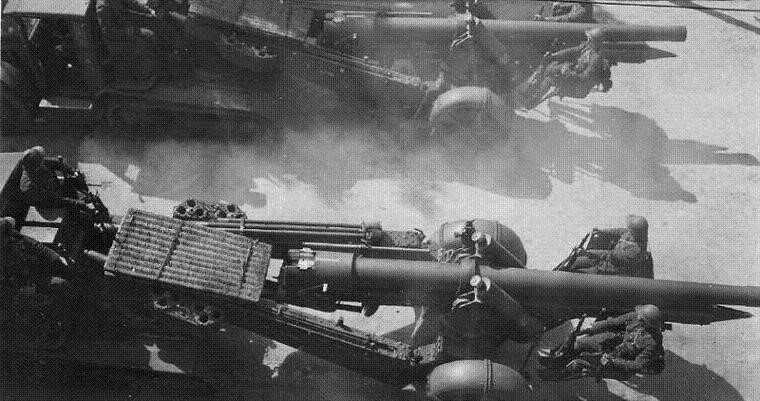
| Year | 1934 |
| Weapon Type | Medium Gun |
| Origin & Designer | Belgium/Cockerill |
| Numbers Produced | 24 |
| Crew | 10 |
| Calibre | 120mm (120x626R) |
| Elevation | -0° to +38° |
| Traverse | 60° |
| Breech | Vertical Sliding Wedge |
| Recoil | Hydropneumatic |
| Gun Sight | [@gun_sight] |
| Gun Mount | [@gun_mounts] |
| Carriage | Split Trail |
| Trailers | [@trailers] |
| Gun Shield | [@gun_shield] |
| Armoured Plate | [@armoured_plate] |
| Barrel Length | 4.426mm (L/37) |
| Overall Length | [@length] |
| Width | [@width] |
| Height | [@height] |
| Weight | Weight in Traction: 5.800 kg Weight in Action: 5.450 kg |
| Round Weight | 21.93 kg |
| Muzzle Velocity | 760 m/s |
| Feed | [@feed] |
| Magazine Capacity | [@magazine_capacity] |
| Practical Rate of Fire | [@practical_rate_of_fire] |
| Rate of Fire | 1 r.p.m. |
| Maximum Rate of Fire | [@maximum_rate_of_fire] |
| Maximum Ceiling | [@maximum_ceiling] |
| Maximum Ground Range | [@maximum_ground_range] |
| Maximum Range | 17.500m |
| Armour Penetration | [@armour_penetration] |
| Traction | Motorised (FN Kegresse 63T) |
| Variants | [@variants] |
| Notes | The Canon de 120 L Modele 1931 was designed and built entirely in Belgian. It was a modern and well-designed weapon but was heavy to manoeuvre in the field and was towed by tractor. The Belgian army had 24 in service in 1940 and these were issued to Corps Artillery Regiments. |